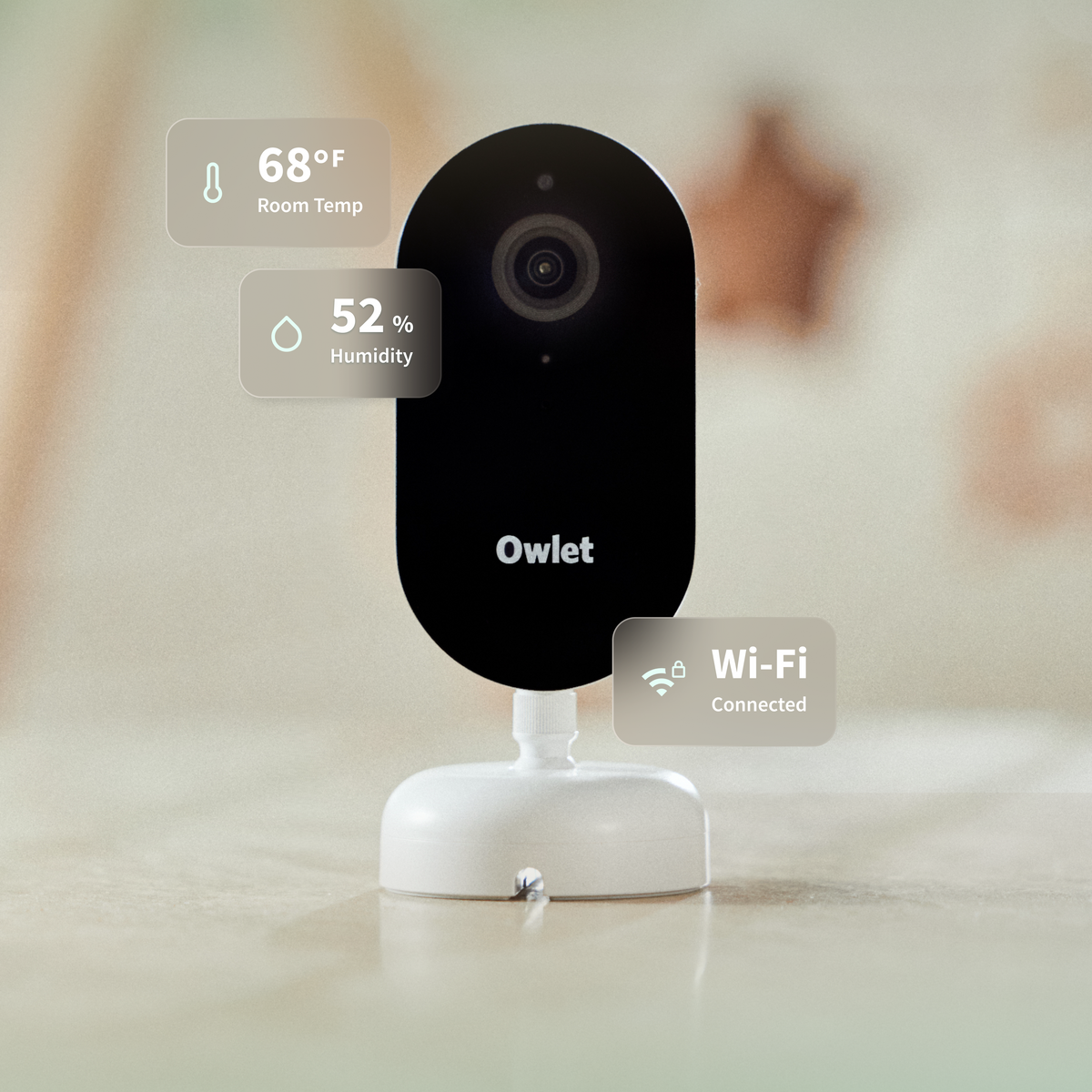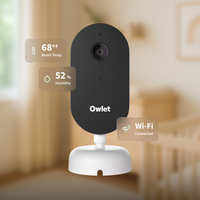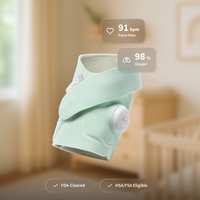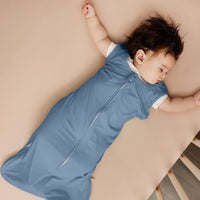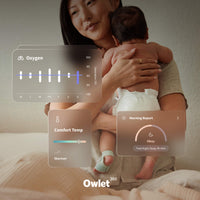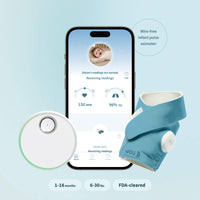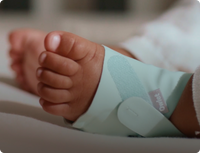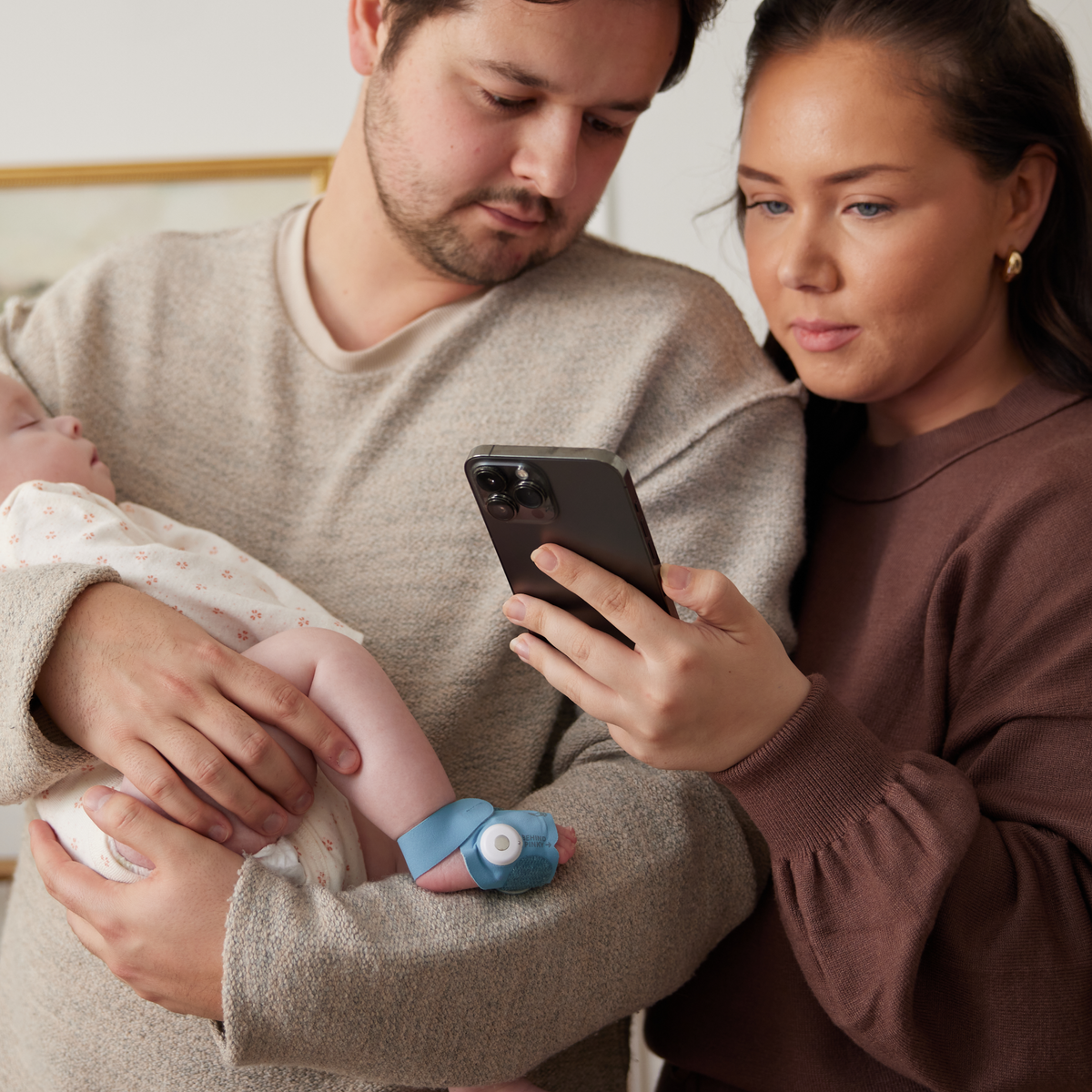The content provided on this blog is intended for informational and educational purposes only. It is not a substitute for professional medical advice, diagnosis, or treatment. Always seek the advice of a qualified healthcare provider with any questions you may have and to learn more about your child's specific needs.
September is Baby Safety Month! While we’re dedicated to giving families peace of mind all year round, this month is the perfect time to refresh our community on baby safety information that all parents need to know. There are many small things you can do to keep your little one out of harm's way, and as a company founded by parents, for parents—we're here to make sure you are empowered with all of the info you need.
Keep reading for six tactical tips to help keep your baby safe during Baby Safety Month—and all year long.
Top Tips for Baby Safety
1. Always Practice Safe Sleep
Parents know—babies are on a regular cycle of eating, sleeping, and needing their diaper changed. And as exhausted as you may be, it’s important to always remember to follow safe sleep practices when putting your baby down for a nap or a good night’s sleep. To remember the elements of safe sleep, you simply have to remember the “ABC’s”:
Alone: Put Baby in their crib completely alone, without any loose blankets, pillows, toys, or stuffed animals.
Back: Lay your baby down on their back for the entire first year of their life, either swaddled or unswaddled.
Crib: Your baby should always sleep alone in their own crib or bassinet.
Baby’s crib should include a firm mattress covered in well-fitted sheets. If you’re concerned about your baby staying warm while they sleep, you can dress them in footie pajamas and use a sleep sack on top for extra warmth.
2. Double Check Your Car Seat
Before you can leave the hospital or birth center to bring your baby home, you must have an infant car seat installed in your car. However, it’s estimated more than half of car seats are installed incorrectly or not used properly. If you're a parent of a young child, it's important to make sure your car seat is properly installed and that your child is buckled in correctly every time you get in the car. Car accidents are one of the leading causes of death for children under the age of 5, so it's crucial to make sure you're doing everything you can to keep your little one safe while on the road. Learn more about car seat installation and how to safely install your infant’s seat at Safe Kids Worldwide.
3. Invest in a Baby Monitor
Keeping an eye on your little one while they sleep is one of the biggest ways to ensure their safety. A baby monitor will give you peace of mind, even when you can't be in the same room as your child.
For a proactive approach to baby monitoring, check out Owlet Dream Duo™. It allows you to track your baby’s live pulse rate and oxygen with FDA-cleared baby monitoring technology—all while streaming in 2K HD video to your phone. Plus, you’ll be able to view and save video clips, utilize Predictive Sleep Technology to know when your child’s next sleep window should be, and receive real-time notifications when they need you.
4. Plan for Emergencies
Baby safety includes preparing more than just your home environment. Natural disasters like floods, wildfires, and tornadoes impact thousands of families every year, and planning ahead can save time and stress, and help keep your whole family safe. To prepare for potential emergencies:
- Create a list of emergency contacts you can call for support in an emergency
- Plan how to evaluate your home or neighborhood for safety
- Pack an emergency bag of supplies you can easily grab if you need to evacuate quickly
5. Install Smoke & Carbon Monoxide Alarms
Make sure your home is equipped with both smoke and carbon monoxide alarms, and that they're in working order. Test them monthly and check batteries regularly to ensure they're always operational. All homes and apartments should have functioning smoke and carbon monoxide alarms on every single floor, as well as one installed next to heat sources like the kitchen and furnace. In the event of a fire or carbon monoxide leak, these alarms could save your family's life.
6. Secure Loose Cords
Electrical plugs and long cords from blinds pose a very serious strangulation risk to babies and young children. Wrap and secure any extra cord length from lamps or monitors and make sure to never put your baby’s crib or bassinet near unsecured cords. For a secure monitoring experience, Dream Sight™ can’t be beat. Dream Sight comes with a safe wall mount kit to keep cords away from little hands, and mounts securely over your baby’s crib. Dream Sight is also built with advanced anti-hacking protection, including 256-bit encryption and elliptic curve authentication, so your video feed always stays private and secure.
Baby Safety Month is a great opportunity for all parents and caregivers to refresh themselves on the standard baby safety practices listed above, and research any updates or developments. Here’s to safer sleep for the whole family!
